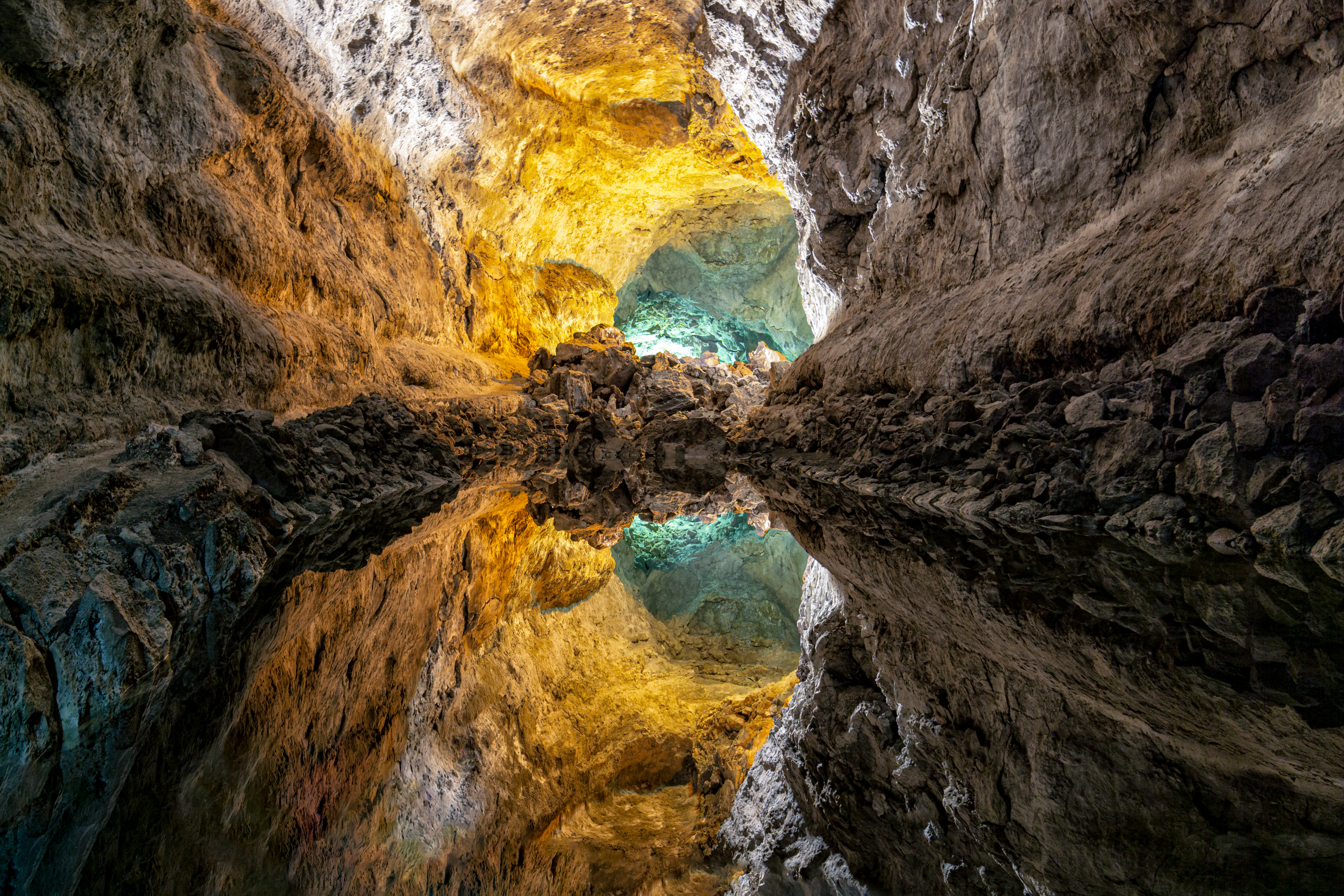¿Cómo funcionan los termotanques solares?
Los Termotanques Solares de PEISA utilizan la energía solar para el calentamiento del agua. Están compuestos por dos elementos principales: el colector solar (que capta la energía del sol) y el tanque (donde se almacena el agua).
¿Qué beneficio significan para el ambiente? ¿Qué beneficio económico o de otro tipo supone para el usuario?
Los problemas de contaminación ambiental son cada vez más graves y el agotamiento de la energía tradicional es inminente. En este sentido el desarrollo de energías renovables ha tomado gran importancia en los últimos años. La baja contaminación que producen, la renovabilidad y sus diversas posibilidades de uso, las vuelven muy atractivas para su desarrollo a escala mundial.
En este contexto, la energía solar representa una de las mejores alternativas gracias a sus múltiples ventajas y beneficios:
-Fuente de energía limpia e inagotable.
-Ahorro en combustible e independencia del incremento de costos de la energía.
-Impacto positivo en el medio ambiente.
-Supone para el usuario un ahorro de hasta el 70% anual de la energía necesaria para el calentamiento del agua sanitaria.
En cuanto a la instalación, ¿se puede realizar en cualquier tipo de edificación / vivienda, la misma tiene que tener condiciones / instalaciones previas compatibles? ¿La instalación es sencilla o compleja?
Se puede instalar en cualquier tipo de vivienda. Su instalación es muy sencilla. La aplicación más común es en viviendas familiares, hospitales, hoteles, comercios y clubes. La ubicación ideal del termotanque solar es en lugares despejados (se recomienda instalarlo sobre el techo), orientado al norte, con una inclinación aproximada de 40/45 grados.
¿Qué consideraciones se deben tener sobre el cambio de ángulo según la latitud?
La energía térmica del sol que podemos captar varía dependiendo la estación del año y la ubicación espacial. La ubicación del colector siempre debe ser hacia el norte. La inclinación del colector va a variar dependiendo cuándo queramos recibir y acumular dicha radiación. Para captar sol todo el año, un cálculo aproximado se realiza contemplando la latitud geográfica más 10°. Dicho resultado sería la inclinación ideal.


¿Considera que los termotanques solares podrán reemplazar en alguna medida los que funcionan con otro tipo de energía como eléctrica o a gas?
No en su totalidad, porque en épocas de baja irradiación solar es necesario un complemento para cubrir el cubrir el 100% de la demanda. Habitualmente los sistemas se dimensionan para cubrir el 100% en verano evitando sobretemperaturas, y en invierno o media estación se complementan con el equipo de apoyo a gas o electricidad.
¿Qué temperatura puede alcanzar el agua?
Dentro del tanque el agua puede llegar hasta los 90 °C contemplando las variables climáticas. Sin embargo, para obtener una provisión de agua a temperatura constante (la misma varía debido al consumo y la capacidad del tanque), se debe incorporar al termotanque solar una válvula mezcladora termostática que mezcle el agua caliente con la fría.
¿Qué llevó a PEISA a decidir incluir este tipo de tecnologías en su cartera de productos?
Nuestra empresa ha sido pionera en la incursión de esta tecnología en el país. Estamos comercializándolos desde hace 10 años. Nuestra oferta está compuesta de termosifones solares con tres capacidades: 160, 200 y 300 litros, con paneles planos, Heat Pipes y tubos de vacío. Ello se complementa con calderas murales o de pie a gas y calderas eléctricas, según corresponda. También contamos con sistemas de climatización solar para piscinas de diversos tamaños. Estos productos también aprovechan la radiación solar, pero son de diseño y tecnología diferente a los termotanques de Agua Caliente.
¿Están pensando en desarrollar algún otro producto que aproveche la energía solar?
Si, PEISA cuenta con un equipo de más de 10 Ingenieros que trabajan en la investigación y desarrollo de nuevos productos y tecnologías:
Actualmente en PEISA comercializamos los siguientes sistemas:
-Sistema de climatización solar de piscinas
-Sistemas de climatización solar para Agua Caliente
¿Qué filosofía aplica su empresa respecto de la sustentabilidad en la producción?
En PEISA trabajamos desde y para la sustentabilidad. Esta mirada contempla no solo el proceso productivo y el medio ambiente, sino también a nuestros empleados, sus familias, etc. Durante 2019 hemos certificado los procesos industriales de PEISA bajo los sistemas de gestión ISO 18001 e ISO 14001.
Además, utilizamos herramientas de diseño que tienen en cuenta todo el ciclo de vida del producto, fundamental para determinar su grado de sustentabilidad, el proceso bajo el cual se debe fabricar y hasta el impacto que tendrá una vez finalizada su vida útil. Entendemos que es necesario diseñar productos que requieran la menor cantidad de material posible para disminuir la obtención de materia prima, la energía empleada para su transformación (eficiencia operativa), e incluso su disposición. El objetivo final es generar la menor cantidad de residuos y emisiones posible.





